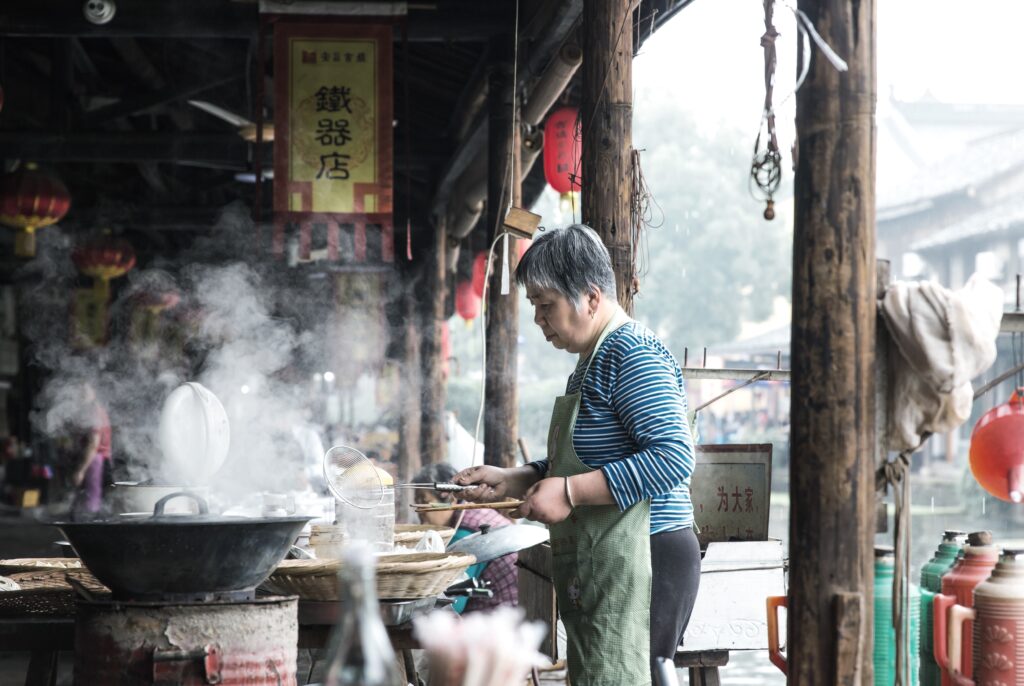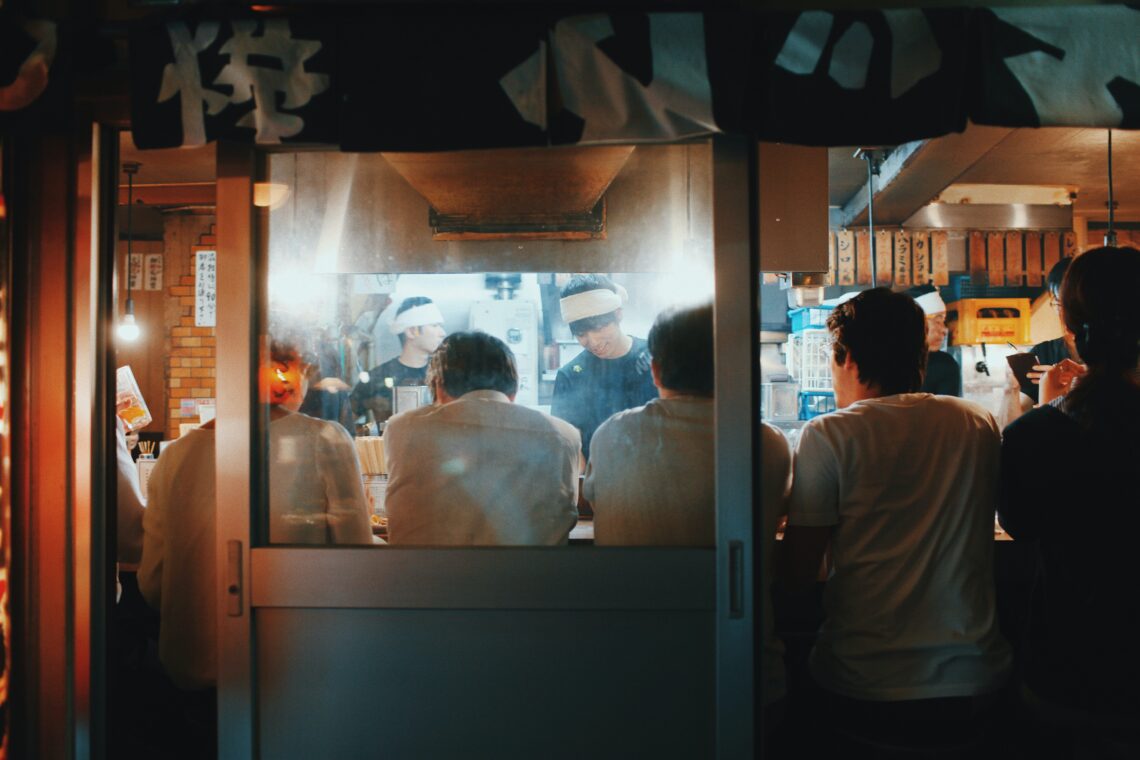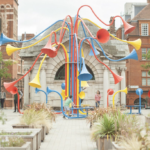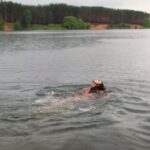A geography of the senses developed from a need to rethink how we engaged with and understood place in relation to sensoriality (Pink, 2012). This blog will explore how the senses have emerged as a key area of geographic enquiry.
Traditionally the senses were studied using a predominantly positivist approach by psychologists and neurobiologists. An interest in the human experience of the senses has flourished since the 1980s when a range of social science and humanities disciplines sought to challenge the conventional understanding of the senses by introducing the concept of sociality of the senses (Howes and Classen, 2013; Rogerson & Rice, 2009; Lauwrens, 2012). Sensory Geography emerged a little later in the 1990’s with the works of Rodaway (1994), Tuan (1993), Porteous (1990) who built a foundation for a new wave of sensory geographers (Howes, 2018).
Geography had already been engaging in work on the senses before this sensorial turn, however the senses were often seen as subsidiary and peripheral (Pocock, 1993). The role of senses in geography was limited in scope, favoured the visual, disregarded other sense modalities and ignored multisensory perspectives (Pocock, 1993). The growing acknowledgement of non-positivist perspectives in geography and acknowledgment of the importance of meaning, emotion, and embodiment paved the way for a new form of understanding of our sensory worlds in relation to space and place (Howes, 2018).
Geographers are interested in mapping sensory experiences in space, and how different sensory modalities shape our understandings of place (Howes, 2018). Tuan (1993) and Porteous (1990) began by questioning the concept of landscape. They exposed how in Western culture we view landscape through the privileging of vision. Sound, touch, taste and smell by contrast had been relatively ignored by researchers up to this point (Pocock, 1993). Geographers have also challenged the sensory hierarchy, with geography moving towards a more ‘anti-ocular’ perspective (Emerald, 2016).

Geographers have sought new ways of translating sensory knowledge into research. Moving away from using just written language, seeking to use different means of producing narrative, for example smellmaps or sonic methods (Macdonald, 2012). Similarly ideas of landscape in the senses have since been replaced with the concept of the ‘sensescape’ which includes for example ‘soundscapes’, ‘smellscapes’ and ‘bodyscapes’ (Porteus, 1990; Bull and Howes, 2016).
“Everyday experience is now recognised by geographers as multisensual, though one of more sense may be dominant in a given situation” (Rodaway 1994, p.5). Acceptance of the multisensorial does not preclude study of the visual, but rather deepens our understanding of it by also considering the other senses (Phillips, 2015). A multi-sensory approach means the geographies researcher’s “collectively define will be richer and broader from a sensory point of view” (Phillips, 2015, p.620). In addition geographers have recognised how all of the senses are “invested with cultural value and meaning” (Valtonen, Markuksela & Moisander, 2010, p.1).
Geographies of the senses is now an established and growing area of study (Lauwrens, 2012) with the acceptance that “sensoriality is fundamental to how we learn about, understand and represent other people’s lives” (Pink 2012, p.1).
Word Count: 500
References:
Howes, D. and Classen, C., 2013. Ways of sensing: Understanding the senses in society. Routledge.
Lauwrens, J., 2012. Welcome to the revolution: The sensory turn and art history.
MacDonald, F., 2012. Visuality. In Human Geography (p. 345). London: Sage.
Pocock, D., 1993. The senses in focus. Area, pp.11-16.
Rodaway, P., 1994. Sensuous geographies: body, sense and place. Routledge.
Tuan, Y.F., 1993. Passing strange and wonderful: Aesthetics nature and culture. Island Press.







